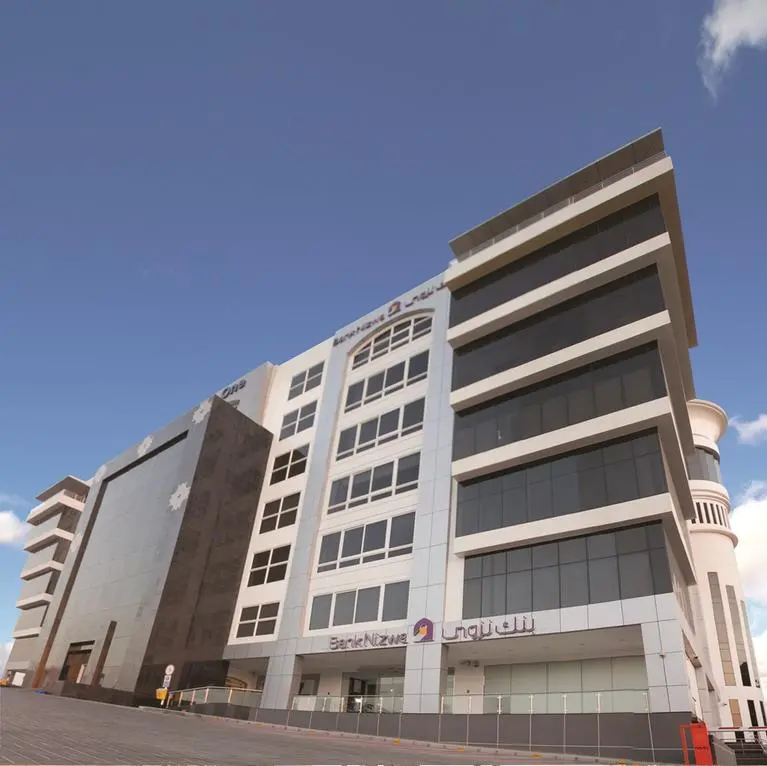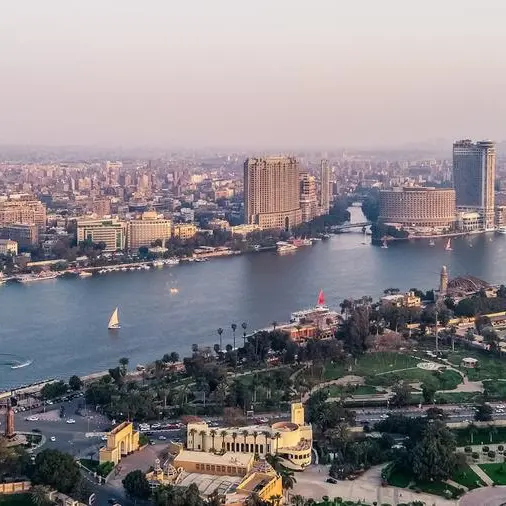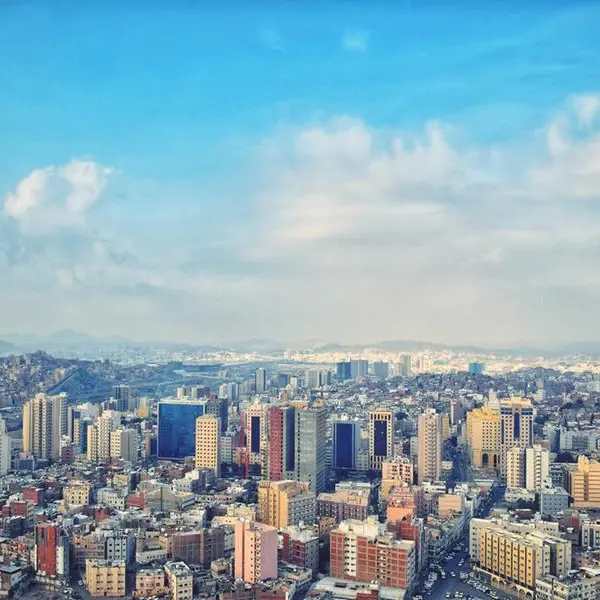Labour camps in Bahrain are set to be clearly identified on maps, revealed a top minister.
This comes after the Urban Planning and Development Authority has completed determining new classifications for general labour accommodations.
Works, Municipalities Affairs and Urban Planning Minister Essam Khalaf added that the classifications were now being reviewed by the Ministerial Committee for Developmental Projects and Infrastructure.
“There will be new rules for labour accommodations across Bahrain which will soon be presented to the kingdom’s three municipal councils and the Capital Trustees Board,” he said.
“The exact location and whereabouts of these labour camps would be clearly identified on maps, just like any other building.
“This move matches our new organisational criteria for urban development in the kingdom and enables us to plan for the future.”
The minister said labour accommodations in industrial areas are set to be part of comprehensive planning.
He also explained why a proposal by the Southern Municipal Council, calling for a relaxation in rules by not imposing a maximum construction percentage on labour accommodations in industrial areas, had been rejected.
“Not defining a maximum construction percentage would disrupt our plans for a comprehensive composition of industrial areas which will include factories, services, infrastructure and other facilities within a given space,” he said.
Rules allowing industries in Bahrain to build labour accommodations in their premises were issued through a royal decree following approval by the National Assembly in 2018.
This followed amendments to the 1999 Industrial Areas Establishment and Organisation Law which originally banned the establishment of labour accommodations in industrial areas.
The amendments also stated that businessmen who wished to take up space as investment for labour accommodations would be authorised to do so.
The government last year imposed strict measures on labour accommodations following a sharp spike in Covid-19 cases among workers.
The guidelines included limiting labour camps to accommodate only 10 per cent of staff, ensuring at least two-metre distance between two people and reducing the number of labourers in each room.
© Copyright 2020 www.gdnonline.com
Copyright 2021 Al Hilal Publishing and Marketing Group Provided by SyndiGate Media Inc. (Syndigate.info).




















